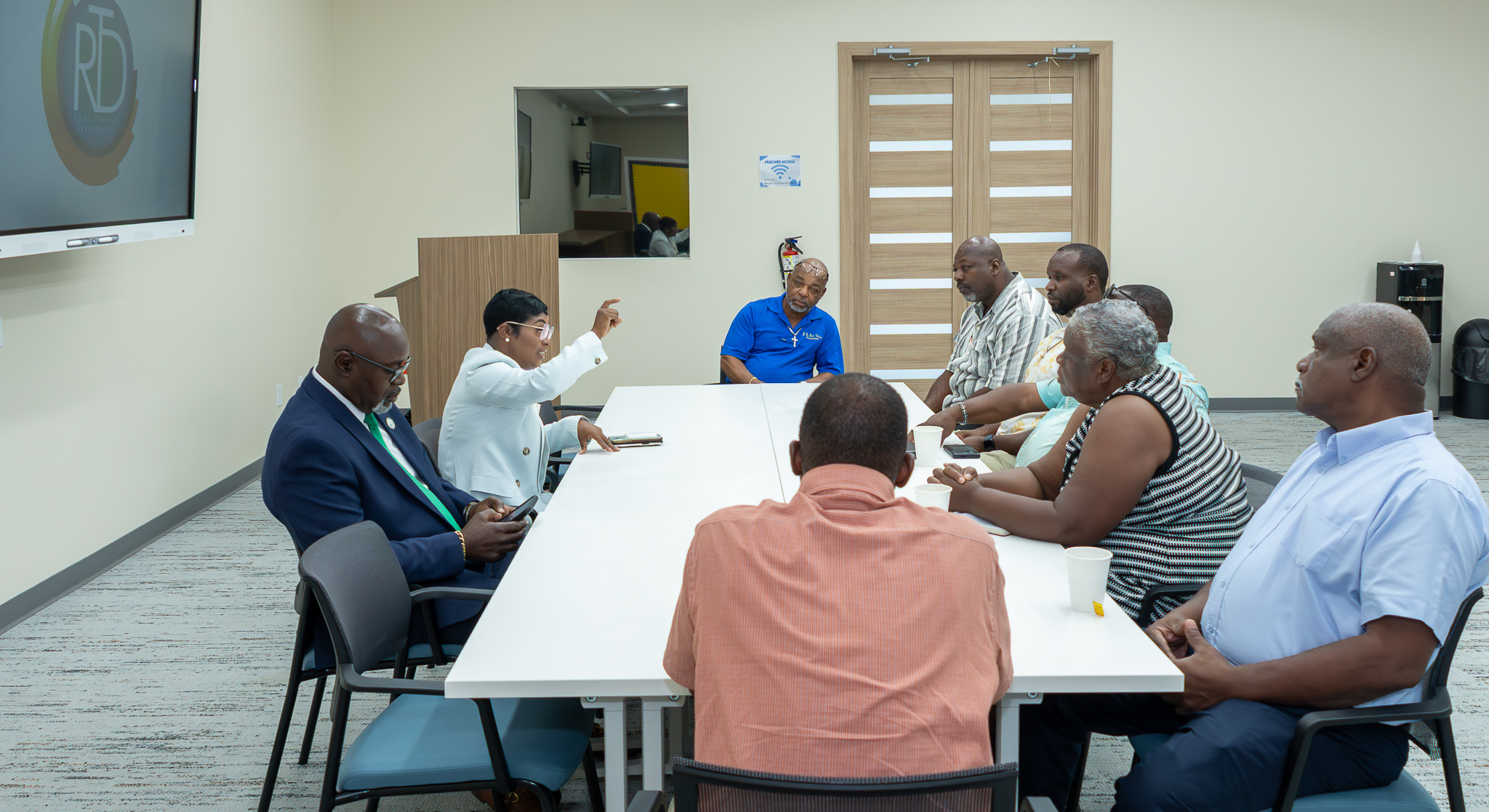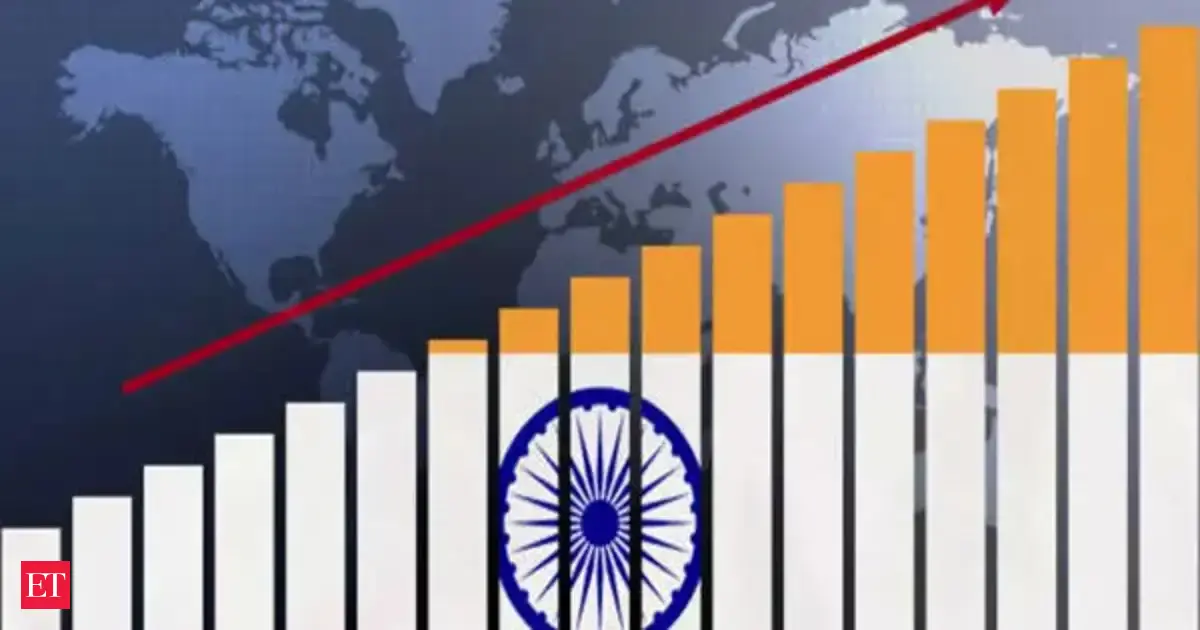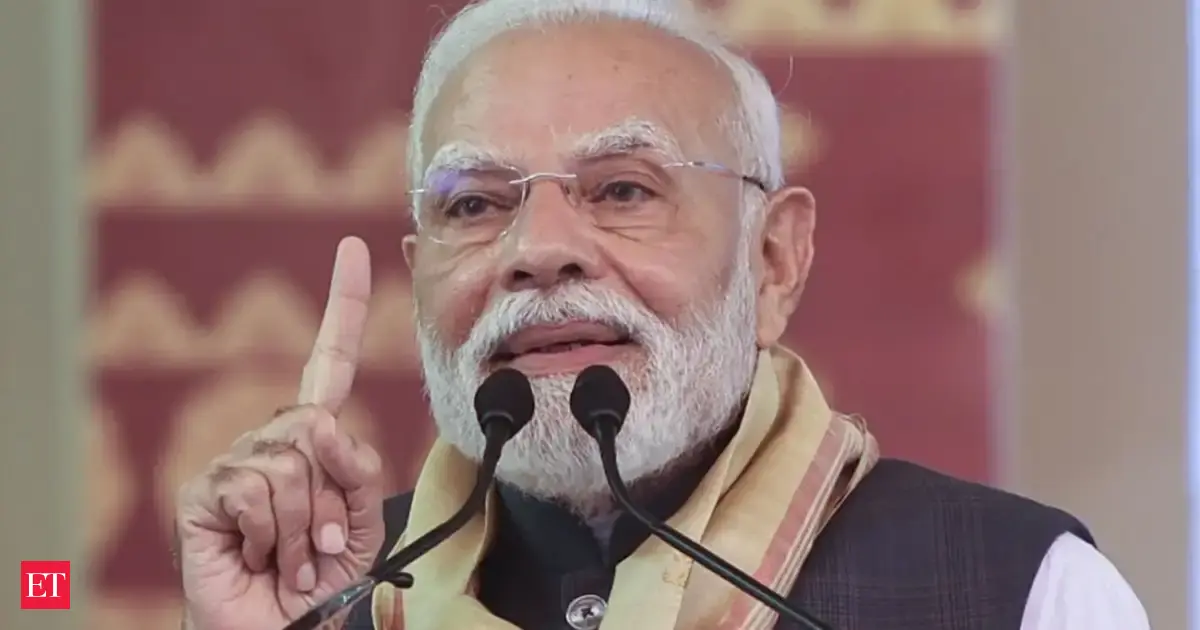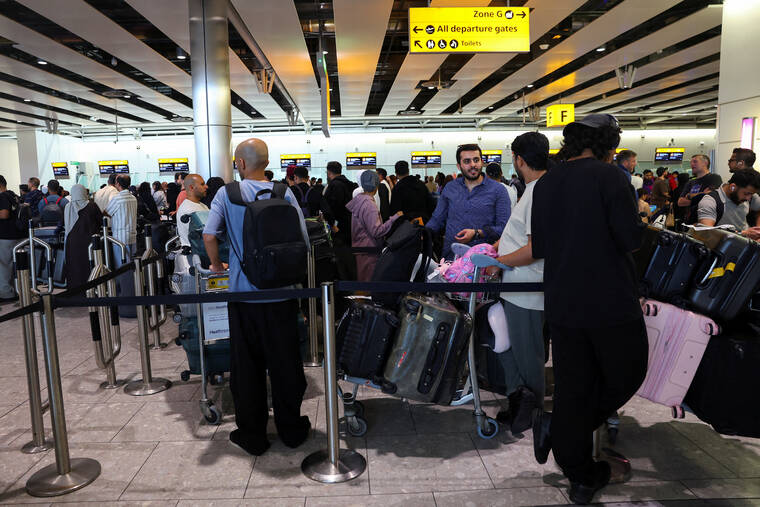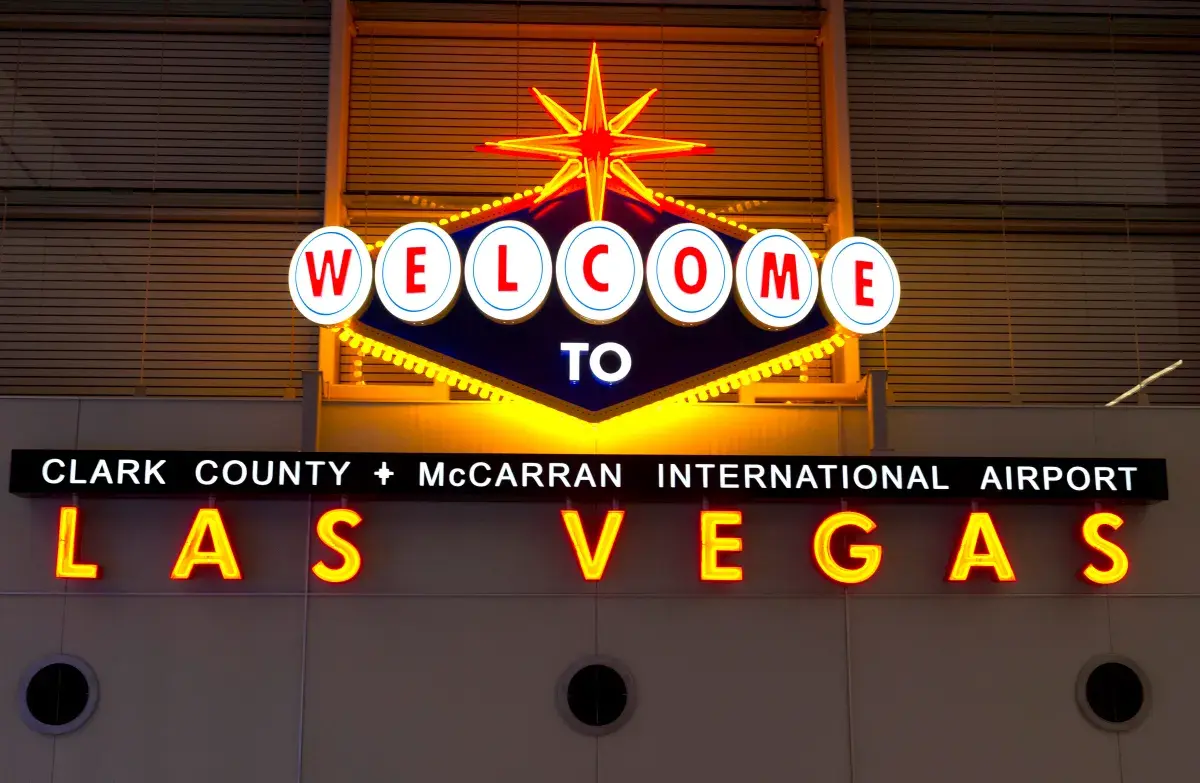
Las Vegas tourism is showing further signs of weakness as passenger traffic through Harry Reid International Airport declined again in August.
The drop marks the third straight month of falling arrivals.
Why It Matters
Tourism is the lifeblood of Las Vegas, fueling hotels, casinos, restaurants, and entertainment venues that anchor the local economy. A sustained downturn in visitor traffic could ripple through jobs, tax revenues, and the city’s broader economic recovery.
What To Know
Harry Reid International Airport recorded more than 4.56 million passengers in August, a nearly 6 percent decrease compared to the same month last year, according to a press release
Year-to-date traffic is also down 4.5 percent from 2024, totaling roughly 37 million passengers.
The downturn was most pronounced in domestic travel, which fell 5.9 percent year over year, while international passenger counts declined 3.7 percent.
Budget carrier Spirit Airlines was hit especially hard, carrying just 409,886 passengers in August—a steep 46.3 percent drop from a year earlier—as it continues to grapple with financial challenges and nationwide route cuts.
Other major carriers, including Delta Air Lines and American Airlines, also posted modest declines in Las Vegas traffic. But Southwest Airlines, the airport’s largest operator, defied the overall trend, boosting its August passenger count by 4.2 percent to 1.83 million. United Airlines recorded an even sharper 11.2 percent increase, while Alaska Airlines surged 22.6 percent, reflecting shifting fleet strategies and consumer demand.
International results were uneven. Canada’s Air Canada and WestJet both saw deep year-over-year declines, down 40 percent and 34 percent, respectively. Mexican airlines Volaris and Vivaaerobus, however, posted double-digit gains as more travelers sought direct routes between Las Vegas and Mexican cities.
It comes as Las Vegas is grappling with one of its sharpest tourism declines in years, with visitor numbers slipping steadily through 2025.
The slowdown is being felt across hotels, casinos, restaurants, and convention halls. According to recent data from hotel analytics provider STR, hotel occupancy dropped to 66.7 percent in early July, down nearly 17 percent from the same period last year.
Meanwhile, casino and hospitality workers are reporting fewer shifts and reduced hours, while small businesses on the Strip face weaker foot traffic.
Industry analysts point to a mix of factors behind the downturn. Rising costs—such as resort fees, parking charges, and marked-up basics like water and coffee—have drawn criticism from visitors who complain of “nickel and diming.” Economic uncertainty is also weighing on consumer confidence, prompting many to cut back on discretionary trips. At the same time, regional casinos and online sports betting are luring gamblers away from the Strip, while a slump in conventions has reduced the flow of business travelers who usually fill hotel rooms midweek.
The challenges in Las Vegas mirror a broader slump in inbound tourism to the United States under President Donald Trump. International visitor numbers have fallen sharply in 2025, with arrivals from Europe, Canada, and Mexico—historically strong markets—declining at double-digit rates. Analysts cite Trump’s tariffs, stricter visa policies, and immigration crackdowns as major deterrents, alongside the perception that foreign tourists are less welcome. According to Forbes, Trump-era policies could strip as much as $29 billion from the U.S. economy this year.
What Happens Next
The World Travel & Tourism Council projects the U.S. will lose $12.5 billion in international visitor spending in 2025.
